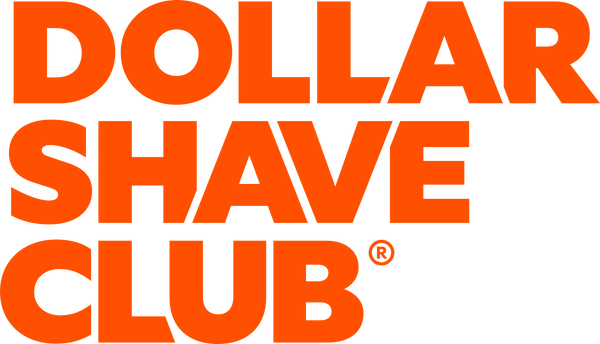Here's How to Trim a Beard Neckline
Michael Kontos, artistic director at the London School of Barbering, shows us how to trim our neckline like a pro.

How Long Does a Tan Last, And, Uh, Where Does It Go?
Here are the most important two things you need to know about how to trim a beard neckline:
- If your beard is shorter, you can take your neckline higher.
- If it’s longer, you’re better off allowing the hair to grow lower down your neck.
With that out of the way, here’s a more detailed explanation for how to trim a beard neckline: Your neck may not be your standout feature (if it is, we’re so sorry) but it plays a crucial anatomical role in that it prevents your beard from simply being an extension of your chest hair (or for the particularly hirsute, your pubes). It’s odd, then, that most of us with beards don’t have the first clue about how to shave a beard neckline—the scraggy loop below our jaws where the stubble stops. To give our neglected necks the grooming attention they deserve, we asked Michael Kontos, Artistic Director of the London School of Barbering in Britain, for his advice on patrolling your beard’s southernmost border.
How To Find Your Neckline
“If you look in the mirror, you can see where your neck hair ends,” says Michael. “The line goes down from the point of the ear, straps underneath your jaw, then goes back up to meet the other ear.” Once you’ve located it, your next question should be: How high should I take my neckline? Says Michael, “You should be looking at the [natural] height of the neck hairline, and the length of the stubble there. If the beard hair on your face is shorter, you can take the hairline higher, but if it’s a really long, kind of hipster-ish beard, I wouldn’t take it high at all.”
How to Trim a Beard Neckline
According to Michael, there are no hard and fast rules when it comes to shaping your neckline, but your hairstyle should ideally be suggestive of your throatstyle (for want of a better word). “If you have a messy, long haircut,” he explains, “it’s very unlikely you’re going to want a straight neckline.” By “straight neckline,” he’s referring to a “line-up” or “shape-up” (in barbering lingo), which means squaring off the hair-growth on your neck into a crisp line with clearly defined angles. “Personally, I like to have mine broken,” he says of his own uneven-and-proud-of-it neckline.
For people with moderate-length beards and a cleaner, short-back-and-sides up top, he suggests adding definition to your neck’s natural hairline—first shaping it with a set of mini-trimmers, and then finishing off with a razor (and a bit of beard oil) to give your stubble a strong, clean perimeter. Whatever you do, says Michael, the hair on your lower face and neck “should look like it’s balanced” against your cranial coverage. “Because a symmetrical face is more beautiful to our eye, having any hair that’s imbalanced—unless you’re going for something avant-garde or creative—won’t look very good. Symmetry is really important.”
Employ Labor-Shaving Tactics
As we’ve discussed, shaping a higher neckline, or blending neck hair up into a tapered stubble beneath the jaw, can create a more tailored look. The downside, however, is constant maintenance. “You should be doing what’s right and what’s easy for you,” recommends Michael. “If you start shaping your neck hairline and pushing it up [higher on your neck], you have to maintain that all the time. Whereas if you follow your natural hairline, then just shape it [along its contour], it’s less maintenance.” Also, mowing the same tract of neckline over and over to get the geometry precisely right can end up being pretty irritating for your skin. The throat, as Michael notes, “is a very sensitive part for us men.” Fortunately, we know a thing or two about shaving sensitive body parts around here.



